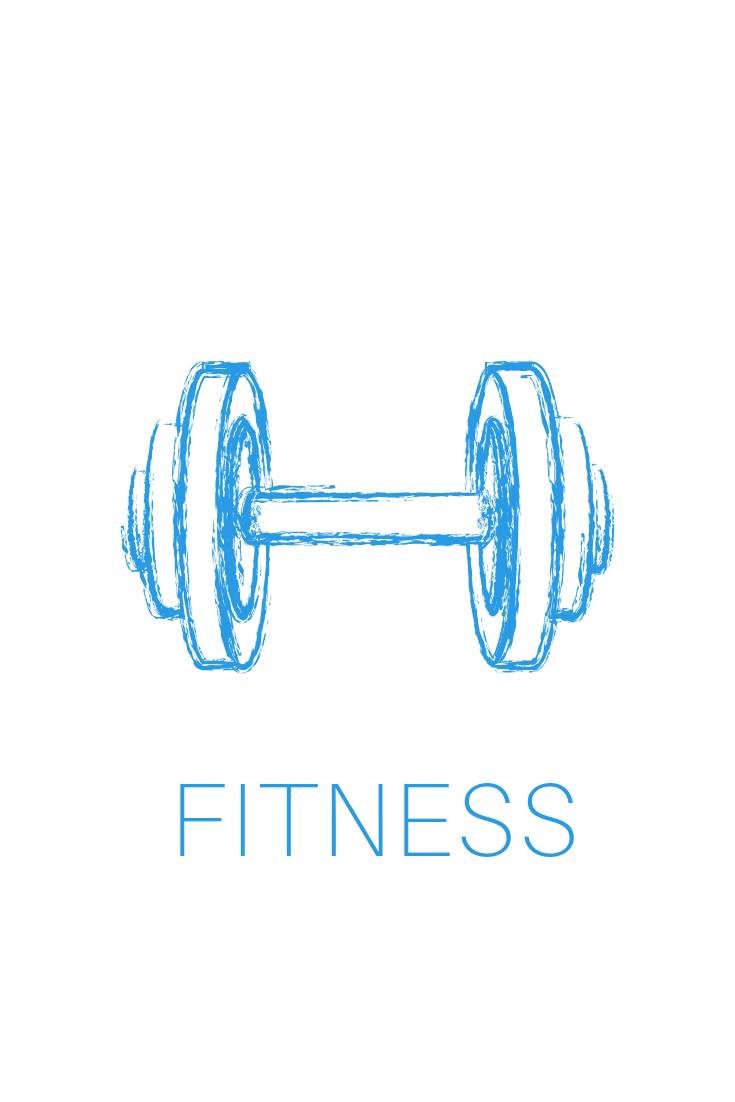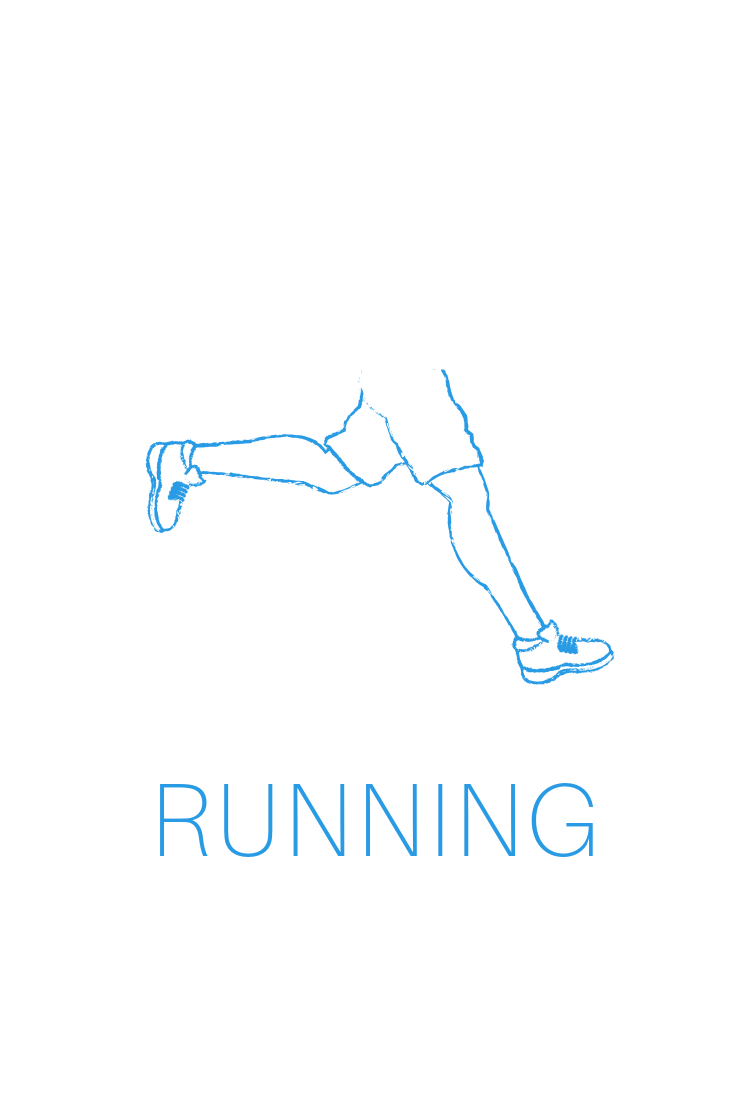Cardio vs HIIT vs Weights
The Great Debate in the fitness world continues to rage: which form of exercise is the best?
Runners face off against cross-fitters who face off against weight-lifters, all arguing that their style of training is the path to health utopia. Never one to shy away from a good debate, I’m jumping straight into this one and giving you my thoughts (which are, of course, correct) on the best pathway to health.
Let’s delve into the each training method and see what comes out on top.
Steady State Cardio
Cardiovascular training (or cardio) is a form of training that strengthens the circulatory system i.e. the heart and blood vessels in your body. Steady state cardio consists of activities that make your heart beat at a moderate, fairly continuous rate for long stretches of time (i.e. at least 20-30 minutes). Examples include running, bike riding, walking and swimming.
Positives:
Builds endurance which allows your body and energy systems to function for a longer time frame.
Your muscles become more efficient at using oxygen.
Strengthens the heart and improves its output.
Simple way to train. As long as you have a pair of shoes you can head out for a jog.
Can be relatively gentle on the body as activities such as swimming, walking and bike riding don’t place strain on joints and muscles.
Negatives:
Not particularly time efficient. You need to train for at least 30 minutes to an hour for it to be effective, whereas a HIIT session can be done in 20 minutes.
Some people find it boring (a client recently said to me “I’d rather punch myself in the crotch than spend an hour on a treadmill”).
Less efficient at burning calories compared to other forms of exercise.
Produces very little Exercise Post Oxygen Consumption (EPOC), which means you don’t continue to burn many calories once the exercise stops.
HIIT
HIIT stands for High Intensity Interval Training. HIIT involves giving all-out, one hundred percent effort through quick, intense bursts of exercise, followed by short recovery periods. For example, 30 seconds of burpees followed by 30 seconds of rest.
Positives
Extremely efficient at burning calories.
There is a high rate of EPOC due to the oxygen shortage that is created during intervals, meaning you will burn calories for a long period of time once the exercise finishes.
Extremely time efficient - a 20 minute HIIT session is often enough.
Negatives
It is really, really hard.
Your body takes longer to recover due to the intense nature of the sessions.
HIIT training requires a good understanding of technique and should be undertaken under the guidance of a professional.
You may require equipment for these sessions.
Weights
Weight training is a type of strength training that uses weights for resistance. You can use dumbbells, machine weights, resistance bands or your body weight. It works by placing stress on the muscles in a way that helps them adapt and get stronger.
Positives
Lean muscle mass is highly effective at burning calories. Therefore, the more muscle mass you have the more energy you will burn, even at rest.
There is a high level of EPOC, i.e. calorie burn continues long after the training session is over.
Increases bone density, helps prevent injuries and improves posture.
Results happen quickly and most people begin to feel stronger within a couple of weeks of starting a weights program.
Negatives
Weight training is quite technical and it’s essential to seek guidance from a professional before starting a program.
It can take time to work through a program, especially when starting out, in order to perform the exercises correctly.
A well rounded weights program will require the use of equipment.
CONCLUSION
So then, who’s our winner? Here’s the summary…..
Do what you most enjoy. If the thought of running on a treadmill for an hour fills you with dread, don’t do it. Go for a walk with a friend, and along the way throw in a few sprints and some push ups on a bench.
The exercise you will do is the exercise you enjoy.
Mix it up. The path to health and fitness includes a range of different activities. By doing the same thing over and over our body will get used to the exercise and stop responding. Change it up and challenge your body.
Keep focus on why we exercise. Ultimately, exercise is not just about calorie burn (remember, the biggest calorie gains and losses happen in the kitchen. You can’t out-train a crap diet). It’s also about increasing your strength, improving your joint mobility, strengthening your heart, helping you sleep, and making you smile.
It’s great to know and understand your options. But in the end, just put your shoes on and exercise. Every little bit counts.
by Angie Black
Hey! I’m Angie. I’m passionate about fitting exercise into your life, for the rest of your life.
BLOG CATERGORIES:







